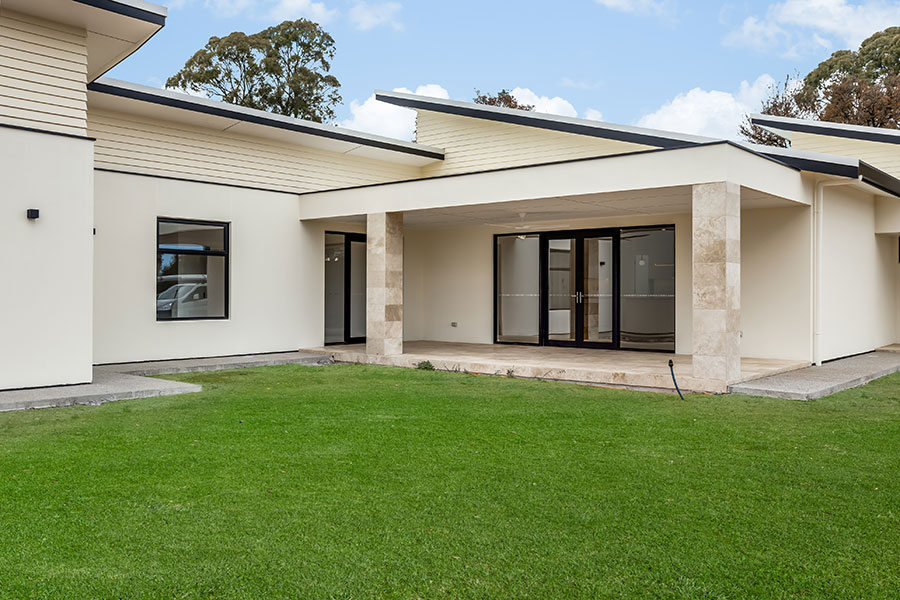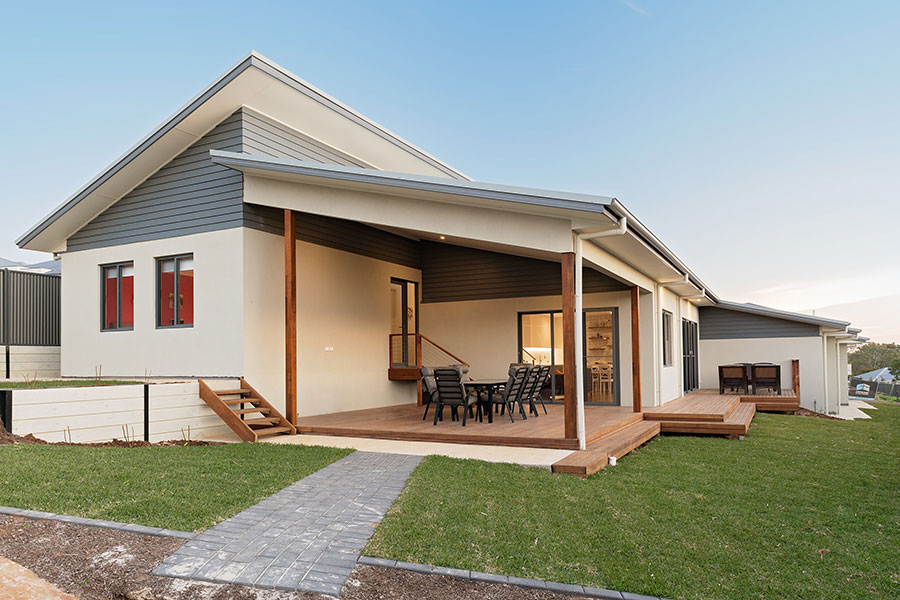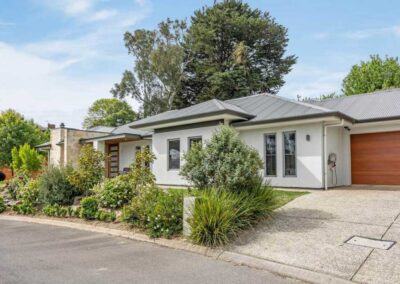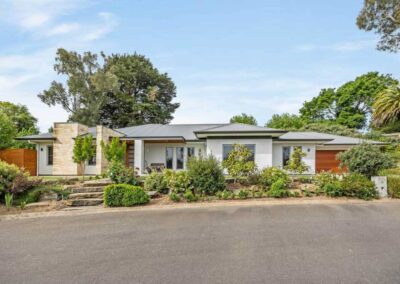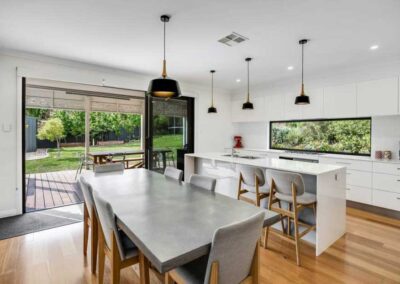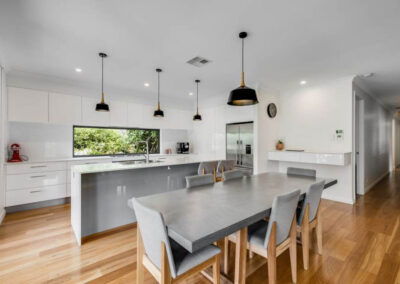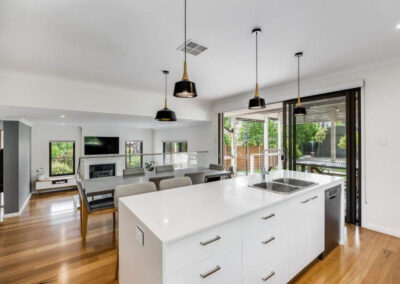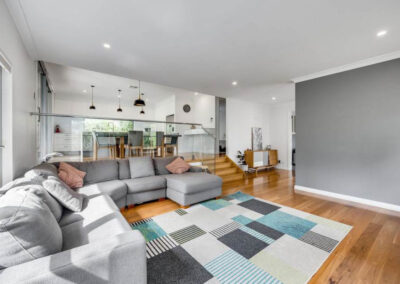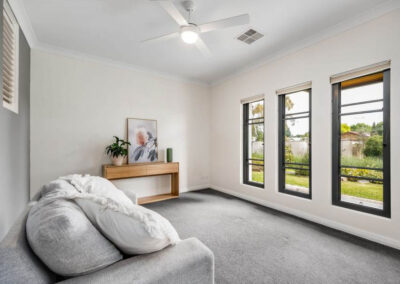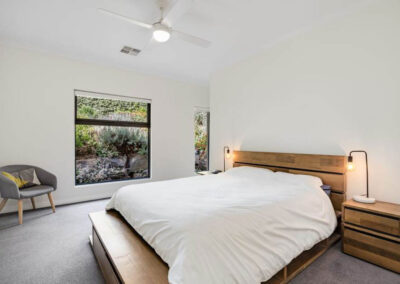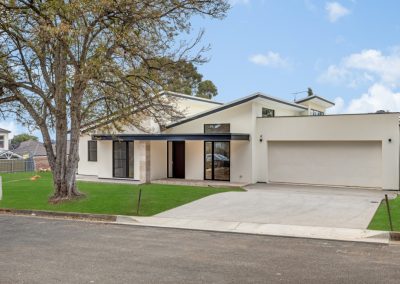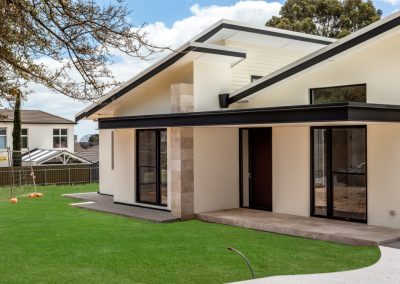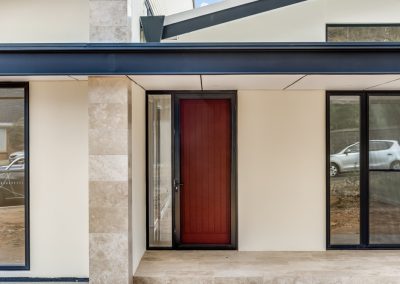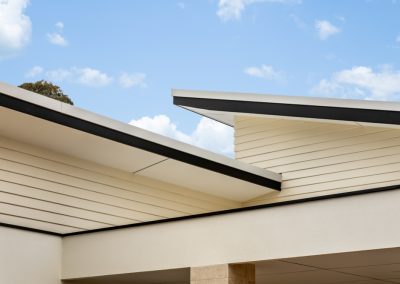Sustainable House Design In Adelaide
Sustainable Architect In Adelaide – Yvonne Svensson
Sustainable House Design & Architecture
Sustainable design & architecture, is contemporary green building concept, but it has existed in some form or the other for centuries through the use of local materials and designs that responded to local environmental conditions.
Maximise The Environmental Opportunities
For every design project, Yvonne Svensson Architect ensures to maximise environmental opportunities of each site by taking into consideration factors such as building orientation to catch the sun and winds, placement of rooms, and sizing and positioning of windows for ventilation.
Energy Efficiency & Low-Energy Use Building Materials
The building materials chosen, is tuned to energy efficiency and low-energy use with effective application of insulation, seals, solar shading elements, low-emissivity glass, double- and triple-glazed windows, and high thermal mass building products. The level of incorporating sustainable materials and mechanical systems depends on the desire of the client, budget, including the cost /benefit analysis of embodied carbon.
A fully passive designed house applies many of the principles listed above to reduce energy consumption by as much as 40 per cent in sustainable homes.
From 1 October 2023, changes to the National Construction Code (NCC) 2022 will improve residential energy efficiency standards in new homes ensuring a significant improvement in thermal comfort for occupants, as well as to improve energy efficiency & reduce household energy bills.
Expansion of The National Construction Code (NCC) 2022 marks one of the biggest overhauls to an edition of the National Construction Code since the establishment of the code 30 years ago & marks one of the biggest changes to energy efficiency provisions in more than a decade. For more information visit: Australian Building Sustainability Association
Embodied Carbon
Embodied carbon is the amount of carbon emitted during the construction of a building. From the very start of sourcing the raw materials, the manufacturing and refinement of materials, transportation, installation, and disposal of old supplies can all produce embodied carbon emissions.
Minimizing The Carbon Foot Print
Yvonne Svensson architect is committed to minimising where practicable the embodied carbon of materials (carbon foot print) , by recommending locally made building products, local raw materials and passive heating /cooling to reduce the overall carbon impact.
Meeting The Building Code
Energy Efficiency calculations are required for nearly all new building construction and extensions under the National Construction Code of Australia.
One of the most efficient ways to meet the NCC requirements is to perform an energy rating, and in most states of Australia this thermal calculation is to meet 6 stars, soon to be 7 stars. This Energy Rating is performed by an independent Energy Rater. Yvonne Svensson Architect works together with the Energy Rater to maximise the performance of the building. The star rating method can be met by using AccuRate, FirstRate 5 or BERS Pro software to perform the thermal calculations and give the energy usage of a building up to ten stars.
Commercial buildings are required to meet Section J of the NCC and can be done with a Section J Report or a JV3 Assessment.
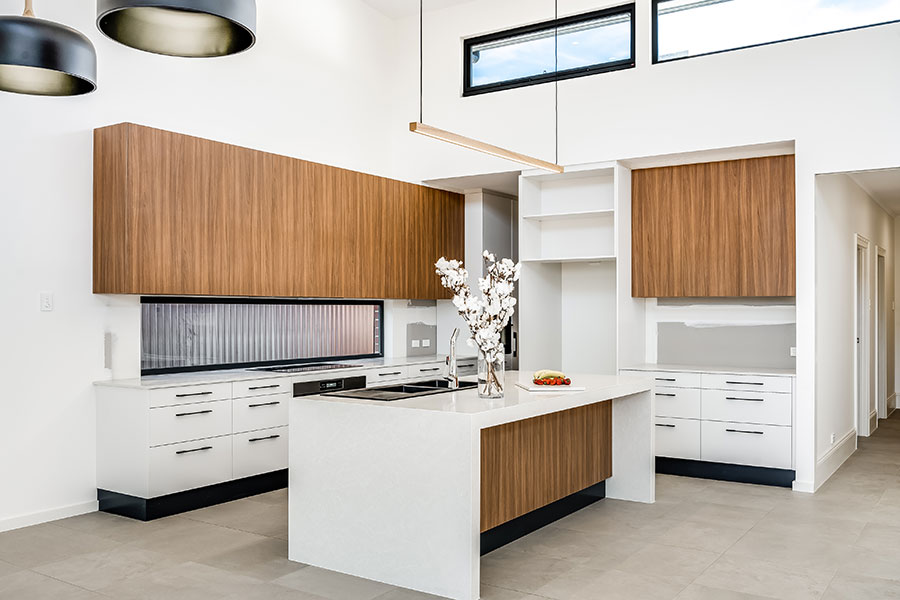
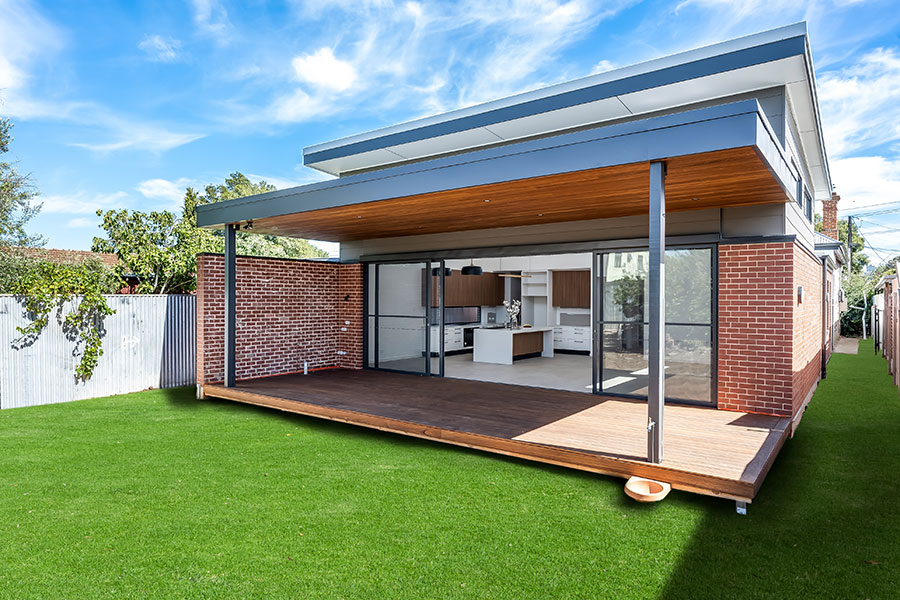
Energy Efficiency Assessment Criteria
When evaluating a new home the Energy Rating Assessor considers the following aspects:
- Location – climate zone
- Orientation – with respect to north
- Building materials – floor type, wall type, roof type
- Windows/glazing – size/location/frame material/type of glass
- Insulation – ceiling/roof/wall/floor including type, thickness and brand
- Exterior finish – roof and wall colours
- Ventilation – size and placement
- Electrical Plan- size and loads
The Advantages of Sustainable Homes
Sustainable homes create a healthy environment for future occupants through clean air movement, low toxicity of materials, natural light, rainwater harvesting and passive heating and cooling. Material selection combines high performance with low maintenance and long-term durability, ensuring a sustainable solution.
There be cost savings in construction, but also long term savings for the homeowner by minimising energy usage for heating and cooling all year round. Assessing a building’s thermal performance at design stage can identify simple, economical ways to make it more comfortable and save energy and reduce embodied carbon.
Sustainable House Design Project in Hahndorf
This house showcases a harmonious integration of architecture and nature in Hahndorf, with sustainability at the forefront of its design ethos.
Situated on a relatively narrow and steep block, the house embraces its natural surroundings through a split-level design. This approach not only maximises space utilisation but also minimises the need for extensive retaining walls, allowing us to preserve the integrity of the landscape and retain significant trees on the property.
Beyond aesthetics, sustainability was a guiding principle throughout the project.
We incorporated innovative solutions to reduce environmental impact and enhance energy efficiency. From passive design strategies that optimise natural light and ventilation to the use of eco-friendly materials and energy-efficient fixtures, every aspect of the design was carefully considered to minimize our carbon footprint.
The result is a building that provides a comfortable and functional living space while serving as a model for environmentally responsible design practices.
Architecturally Sustainable House Design Project
The Skillion Roof Modern Home exemplifies sustainable design principles. The roof has been strategically oriented and shaped to maximise solar panel efficiency, complemented by additional roof blanket and bulk insulation.
Inside, the floor features polished concrete with underfloor heating and cooling, eliminating the need for electric air conditioning. The underfloor heating is powered by solar panels, with surplus power stored in batteries for further energy efficiency.
The external walls are constructed with Hebel power panels, incorporating additional insulation and thicker plasterboard (13mm instead of 10mm) to enhance soundproofing and insulation properties.
“Talk to Yvonne Svensson Architect team today to how we can design you a home that is architectural beautiful, sustainable in an affordable and practical way. “

